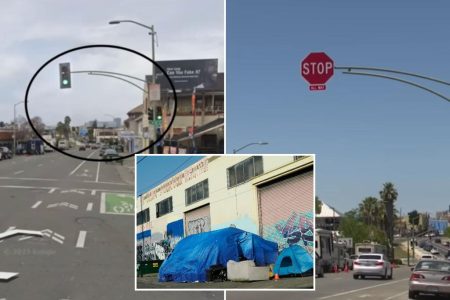The Coconino County Sheriff’s Office in Arizona announced that human remains discovered nearly 50 years ago have been identified as belonging to Gerald Francis Long, a Vietnam War veteran from Minnesota. The remains were found in 1975 off Meteor City Road near Flagstaff, Arizona, when farmers were chasing a runaway pig. Despite multiple leads over the years, it was not until August that advances in genetic genealogy technology allowed for a positive identification to be made. Long had enlisted in the Army in 1969 and served in Vietnam before returning to Minnesota in 1972 and being discharged shortly after. He told his family he was leaving for the West Coast in October 1972, and had not been seen or heard from since.
The cause of Long’s death was not determined in 1975, and remains unknown even today. Advances in DNA technology allowed authorities to develop a DNA profile from the remains, which was then used to trace a family line and eventually confirm the identity of the remains as belonging to Long. By matching partial fingerprints collected from the remains with existing fingerprints on record for Long, a positive match was made. A family DNA sample taken this month confirmed the match, bringing closure to Long’s family who had not seen or heard from him since 1972.
This discovery highlights the importance of advancements in genetic genealogy technology in solving cold cases and identifying long-lost remains. The 49-year-old case of Gerald Francis Long was finally solved through a combination of traditional investigative methods and modern DNA analysis. The use of genetic genealogy technology allowed authorities to trace Long’s family line and make a positive identification using DNA samples from living relatives. This case serves as an example of how new technologies can help solve long-standing mysteries in law enforcement.
The identification of Long’s remains brings closure to his family after nearly 50 years of uncertainty regarding his fate. Long’s family had not seen or heard from him since 1972, when he told them he was leaving Minnesota for the West Coast. The discovery of his remains near Flagstaff, Arizona, finally answers the questions surrounding his disappearance and provides a sense of peace to his loved ones. This case serves as a reminder of the importance of closure in cases involving missing persons and unidentified remains, and the impact it can have on families who have been left in limbo for decades.
The positive identification of Long’s remains not only brings closure to his family but also highlights the dedication of law enforcement agencies in solving cold cases. The Coconino County Sheriff’s Office worked tirelessly to identify the remains, following up on leads for nearly 50 years before finally making a breakthrough using genetic genealogy technology. Their perseverance and commitment to solving this case demonstrates the importance of never giving up on finding answers, even after decades of uncertainty.
The discovery of Long’s remains near Flagstaff, Arizona, in 1975 triggered a series of investigations and leads that ultimately led to the positive identification of his remains 49 years later. The use of genetic genealogy technology in this case showcases the power of modern advancements in DNA analysis in solving cold cases and providing closure to families of missing persons. Long’s story is a testament to the perseverance of law enforcement agencies and the impact that new technologies can have in bringing long-standing mysteries to a resolution.















